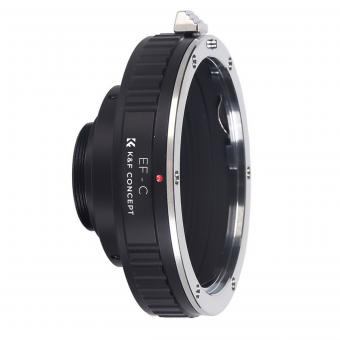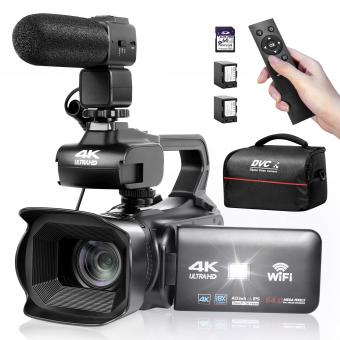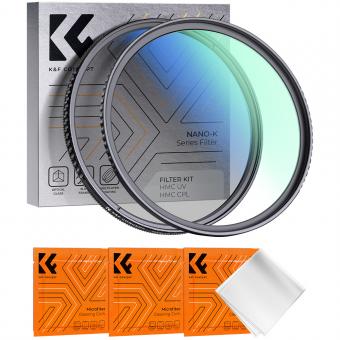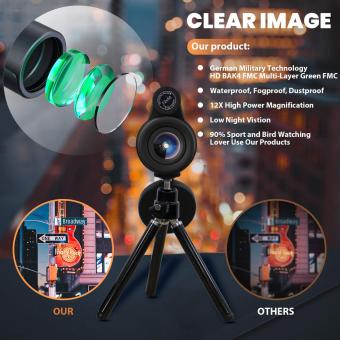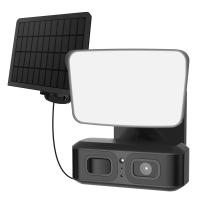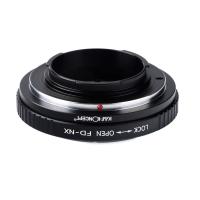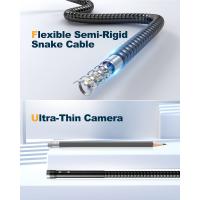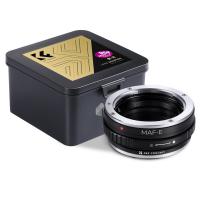Who Made The First Camcorder ?
The first camcorder was made by Sony Corporation.
1、 John Logie Baird's early mechanical television system (1920s)
The first camcorder, as we know it today, was not developed until much later than John Logie Baird's early mechanical television system in the 1920s. The camcorder, which combines a video camera and a videocassette recorder, was first introduced to the market in the early 1980s.
The development of the camcorder can be attributed to a number of individuals and companies who made significant contributions to the field of video recording technology. One notable figure is Akio Morita, the co-founder of Sony Corporation. Sony played a crucial role in the development and popularization of the camcorder with the introduction of their iconic Handycam series in 1983. The Handycam revolutionized the way people captured and recorded videos by providing a compact and portable device that integrated both the camera and the recorder.
However, it is important to note that the concept of recording moving images predates the camcorder. Early attempts at video recording can be traced back to the late 19th century, with inventors like Thomas Edison and William Friese-Greene experimenting with motion picture cameras. These early devices were large and cumbersome, requiring separate equipment for recording and viewing.
John Logie Baird, a Scottish inventor, is often credited with the development of the early mechanical television system in the 1920s. While his system was able to transmit and display moving images, it did not incorporate a recording mechanism. Baird's system relied on a spinning disk with holes that captured and reproduced images, but it did not have the capability to store or record the video content.
In conclusion, the first camcorder, as we understand it today, was not developed until the 1980s. While John Logie Baird made significant contributions to early television technology, his mechanical television system did not include a recording component. The development of the camcorder can be attributed to various individuals and companies, with Sony's Handycam series playing a pivotal role in its popularization.

2、 Ampex VRX-1000, the first practical videotape recorder (1956)
The Ampex VRX-1000, introduced in 1956, is widely recognized as the first practical videotape recorder (VTR). It revolutionized the way video content was recorded and played back, paving the way for the development of camcorders and modern video technology. The VRX-1000 was a significant breakthrough in the field of video recording, but it is important to note that it was not a standalone camcorder.
The development of the VRX-1000 was led by a team of engineers at Ampex Corporation, an American electronics company. Charles Ginsburg, an engineer at Ampex, is often credited with leading the team that created the VRX-1000. Ginsburg and his team worked tirelessly to overcome technical challenges and develop a practical system for recording and playing back video.
The VRX-1000 utilized magnetic tape technology, allowing for the recording and storage of video signals. It was a large and complex machine, not something that could be easily carried around like modern camcorders. However, it laid the foundation for future advancements in video recording technology.
Since the introduction of the VRX-1000, camcorders have evolved significantly. Today, we have compact and portable devices that can capture high-quality video with ease. The development of digital technology has further revolutionized the field, making video recording and editing more accessible to the general public.
In conclusion, while the Ampex VRX-1000 was not a camcorder in the traditional sense, it played a crucial role in the development of video recording technology. The engineers at Ampex Corporation, led by Charles Ginsburg, were responsible for creating the first practical videotape recorder, which laid the foundation for the camcorders we use today.

3、 Sony's Betamax, the first consumer camcorder (1983)
Sony's Betamax, the first consumer camcorder, was indeed a groundbreaking invention that revolutionized the way people captured and preserved their memories. Introduced in 1983, the Betamax camcorder was a compact and portable device that allowed users to record videos directly onto cassette tapes.
The development of the first camcorder can be attributed to a team of engineers and designers at Sony Corporation. Sony, a Japanese multinational conglomerate, has a long history of innovation in the field of consumer electronics. The company's engineers worked tirelessly to miniaturize the technology and create a device that could be easily operated by consumers.
The introduction of the Betamax camcorder marked a significant milestone in the history of video recording. Prior to its release, video recording was primarily limited to professional settings due to the bulky and expensive equipment required. Sony's Betamax camcorder made video recording accessible to the average consumer, allowing them to capture and relive their special moments.
Since the release of the Betamax camcorder, technology has advanced significantly. The advent of digital recording and the rise of smartphones with high-quality cameras have transformed the way we capture and share videos. Today, anyone with a smartphone can record and instantly share videos with the world.
However, it is important to acknowledge the pioneering role of Sony's Betamax camcorder in paving the way for these advancements. It laid the foundation for the development of more compact and user-friendly video recording devices, ultimately democratizing the process of capturing and preserving memories.
In conclusion, Sony Corporation and its team of engineers can be credited with creating the first consumer camcorder, the Betamax. This invention revolutionized the way people recorded and shared videos, making it accessible to a wider audience. While technology has evolved since then, the Betamax camcorder remains a significant milestone in the history of video recording.

4、 JVC's VHS-C format, a compact camcorder variant (1982)
JVC, also known as Victor Company of Japan, is credited with creating the first camcorder in the VHS-C format in 1982. The VHS-C format was a compact variant of the VHS (Video Home System) format, which was widely used for recording and playing back video content during the 1980s and 1990s.
JVC's VHS-C camcorder revolutionized the way people captured and shared their memories. It combined a video camera and a VCR (Video Cassette Recorder) into a single unit, making it portable and convenient for users to record and playback videos. The VHS-C camcorder utilized small VHS tapes, which could be easily inserted into the device for recording and later played back on a VCR or TV.
At the time of its introduction, the VHS-C camcorder was a significant advancement in consumer technology. It allowed individuals to capture important moments in their lives, such as family gatherings, vacations, and special events, with ease. The compact size of the camcorder made it more accessible and user-friendly compared to previous video recording devices.
Since the introduction of the VHS-C camcorder, technology has evolved rapidly. The rise of digital formats, such as MiniDV, DVD, and eventually digital cameras and smartphones, has rendered the VHS-C format obsolete. However, JVC's pioneering work in creating the first camcorder laid the foundation for the development of subsequent video recording technologies.
Today, camcorders have become less prevalent as smartphones and digital cameras offer high-quality video recording capabilities. However, the legacy of JVC's VHS-C camcorder lives on as a milestone in the history of video recording technology, marking the beginning of a new era in capturing and preserving memories.



